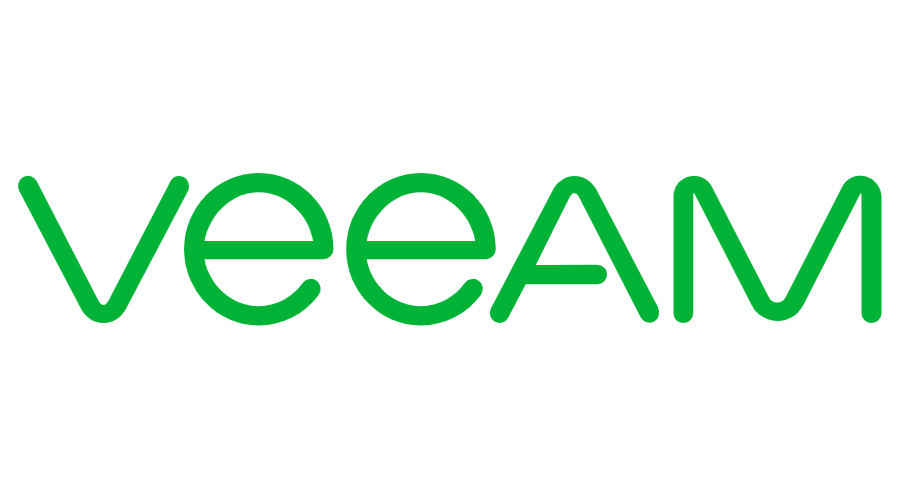At least 12 people dead in the biggest challenge to the Government of the Tehran regime since mass demonstrations in 2009. The Iranian President Hassan Rouhani tried to downplay the dangerous situation, while violent protests mount across the country.
The Government is also trying to isolate the protests by blocking internet on mobile networks, multiple reports confirm the authorities are blocking social media services like Instagram and messaging services like Telegram since December 30.
“It’s a busy weekend for oppressive governments trying to suppress digital communication. Iran has blocked mobile access to at least Telegram and Instagram as it tries to thwart protests that started over economic concerns (particularly inflation), but have extended into broader resistance to the government and clerical rule.” reported the website engadget.com.
“Officials claim the censorship is meant to “maintain peace,” but the argument doesn’t hold water. Telegram founder Pavel Durov noted that his company refused to shut down “peacefully protesting channels,” and Instagram is primarily being used to document protests — Iran clearly doesn’t want to reveal the extent of the demonstrations.”
Iranian authorities are blocking access to Telegram for the majority of Iranians after our public refusal to shut down https://t.co/9E4kXZYcP9 and other peacefully protesting channels.
— Pavel Durov (@durov) December 31, 2017
The Government fears that technology could amplify the protests like happened during the Arab Spring.
“The authorities appeared to respond by cutting internet access to mobile phones, with the main networks interrupted at least in Tehran shortly before midnight” AFP reporters said.
“Several Iranian news agencies warned Telegram, the most popular social media service in the country, might soon be shut down after communications minister Mohammad-Javad Azari Jahromi accused one popular channel, Amadnews, of encouraging an “armed uprising”.”
https://twitter.com/InternetIntel/status/947853874026688512
#Sanandaj, January 1 – Large crowd took to streets confronting oppressive security forces. Some were arrested. (via #MEK activists in #Iran) #FreeIran #Iranprotests #IranProtests #Iran #RegimeChange pic.twitter.com/vTBzJxpM8R
— Iran Freedom (@4FreedominIran) January 1, 2018
“How nervous the government is about losing control over the population is proportional to various control tactics they implement over the Internet,” Mahsa Alimardani, who researches internet freedoms in Iran for Article 19, told Motherboard. “In the past few hours there are also some reports of home connections (up until today mostly left undisturbed) also facing some blocks to accessing foreign web content.”
At the time I’m writing it is not clear the real effect on the Internet access by the population, in the following graph it is visible the increase in the number of directly connecting users to the Tor network.
During Iran’s elections earlier this year, Rouhani promised to cut down on censorship, but evidently, it was only political propaganda.
Stay Tuned …
| [adrotate banner=”9″] | [adrotate banner=”12″] |
(Security Affairs – Iran protests, intelligence)
[adrotate banner=”5″]
[adrotate banner=”13″]









